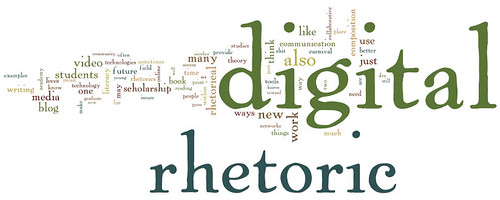In Bolter’s article, he explores the relationship between immediacy and hypermediacy in the use of new technology.
- Immediacy is basically viewing images, videos, and scenes that are artificially constructed and believing that they are real aka virtual reality.
- Hypermediacy is the opposite. It is ability to identify and understand the artificial constructs.
Paradoxically, the two are connected and separated at the same time. You can’t have one without the other. In movies and computer screens, the idea is to make it as visually appealing and “just like” reality as easily possible. But it is still not real. Here is where Bolter introduces the idea of remediacy, which is the attempt to change or refashion an older form of media like television did for motion pictures and as radio did for newspapers.
Interests:
What is so interesting about this is the idea of 3D and now 4D movies and how applicable it is. One can only guess what may come next.
Questions:
What I wonder about is the relationship between the information we recieve and art. I can’t help but think of media as a medium just as a canvas or a wall is the background of a painting. It is all pretty connected. You could say that the writer and designer play the role of an artist even though it may just as simple as a news site. Consider the differences between fox and cnn news.



